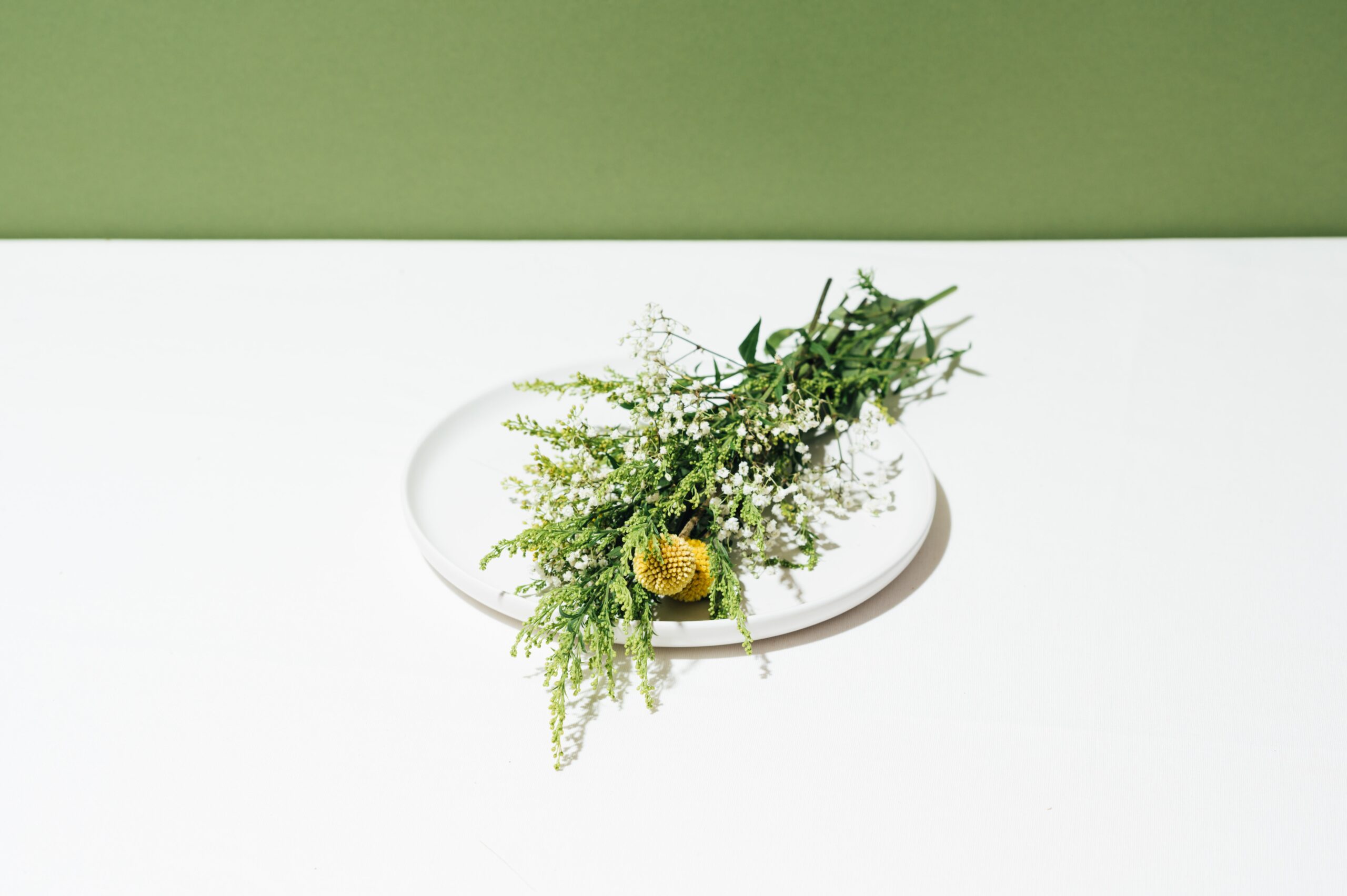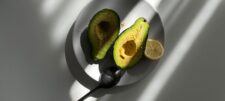I’m so glad to be writing this post. It’s probably the number one question I get asked: “How can you feed a family frugally if you are living an organic, non-toxic life?” My lovely friends at Healthy Child recently ran this great post on how to live a non-toxic life without spending a fortune, so I know it’s something that we are all trying to work out. I’ve conjured up some very creative ideas in my insistence that my family not be exposed to environmental toxins yet still lead a great life in a fabulous city.
GROCERIES
These tips will work everywhere from the farmer’s market to a big chain like Whole Foods.
- Join an online savings clubs, like livingsocial or Groupon.
- Cut coupons from your regular grocery store.
- Subscribe to your local organic store, or join their food club.
- Best yet, join your local food co-op. They require you to work in the store (usually only for an hour a month) and for that, you get hugely discounted organic fair trade food. This could well be the place for the cheapest, yet best food anywhere.
- Visit your local farmer’s market.
- Check out the specials and base your week’s menu planning around these deals. Suffice to say menu planning is critical if you are looking to rein in the costs.
- Buy organic in bulk. So much cheaper than buying branded, packaged goods. From rice to beans to nuts and dried fruit, you will not believe your eyes. One pound of organic rolled oats will cost less than $2. Holy smorgasbord!
- Buy whole organic whole grains, fruit, vegetables, condiments, etc, and make meals from scratch. Processed food is more expensive so embrace your inner domestic goddess and get jiggy in that kitchen!
- Have a great repertoire of nutritious, delicious recipes on hand. Unless you are very experienced in the kitchen, the family meal is not the time to play Iron Chef. One of my favorite new books is Laurie David’s “Family Dinner”. This just rocks the house down.
- Make extras and freeze. My freezer is my number 2 culinary weapon in my fight against expensive meals, right after my stove.
- Rock a rolling pin and a hammer. It might sound mad, but I can stretch a pack of organic chicken legs by taking a hammer and a big knife and reducing each leg to 4 or 5 pieces. That way one leg can feed several kids. Organic chicken breasts and thighs get walloped by the rolling pin (place beneath some wax paper else flying chicken meat will end up your nose) which instantly enlarges them to 3 times their previous size. One piece can often be used in the recipe and the rest frozen. Priceless. I also get to work out my arms and any residual annoyance on those chicken breasts so I get peace of mind too!
- I don’t grow my own produce but that’s because I’m navigating small windowsills in a Brooklyn apartment. If you have access to a patch of land, go get those fingers dirty. (Make sure to get your local city government to let you know if lead is an issue for the soil in your area.)
- Shop online. Amazon and other online retailers often have great deals and I pay a little each year for free two-day delivery, which works out much cheaper than the cost of a subway ticket or parking space.
- Need to get those husks off your (organic) corn? Weighing beans on a scale? There’s so much your child can actually do in the kitchen! Stirring a pot (under your keen supervision) is amazingly empowering for any child-the proximity to the stove and doing something grown-up impresses even the most nonchalant of kids.
Things to Avoid:
- Buying anything tinned. The vast majority of tins sold around the world are lined with BPA (Eden Foods and Wild Planet have a selection of BPA free cans.) Never buy tinned tomatoes! They are acidic so they leach even more BPA than regular goods. If you must buy processed tomatoes, you need to get them in a jar or carton (although there’s no guarantee that the tomatoes used here haven’t come from a tin in the first place.) I buy my ‘matos organic fresh and make my tomato-based sauces and soups from scratch.
- Buying anything processed that’s within a day of its sell-by date or buying fresh produce about to thrown out. Those 12 peaches for a $1 might look like a great value until they spend an afternoon in a hot car/bus/subway train going home and start supporting the league of mold by the next day.
- Buying conventional corn/soy/pineapple anything. The vast majority (as in over 90% of these crops in the US are genetically modified.) Don’t be fooled.
- Buying conventional red meat or dairy. Full of all sorts of nasties – this is a great area to use your coupons.
- Buying conventional tomatoes or any of the dirty dozen mostly sprayed produce. According to the book, “Tomatoland”, (and you must read it) tomatoes are sprayed with over 100 pesticides, and the tomato industry in Florida is linked to human slavery. I kid you not. Note that tomatoes do not turn up on the Dirty Dozen, so use this tool with care.
- Lastly, avoid going shopping hungry. Always have a pack of rice cakes or some other healthy snack in your bag. If you are going with children, which I suggest you do (children should know where their food comes from), make sure you feed them before and have water and a healthy snack on hand.
This article was written by Penelope Jagessar Chaffer. Penelope is a BAFTA-nominated, award-winning documentary filmmaker behind Toxic Baby™, a writer and a children’s environmental health advocate. She is a Healthy Chilld Parent Ambassador and 2010 Mom on a Mission winner.






